Power transferring to the pedals can be lost through poor shoe and pedal set up. Steve Hogg outlines the essentials for eliminating power loss (published Bicycling Australia May/June 2002).
In first two episodes of this series I have discussed the concept of passively achieved pelvic stability as a basis for a seating position, as well as how to achieve ideal seat position. This is well and good, but power developed by this or any other method has to be transmitted to the bicycle through the pedals. How efficiently this can be done depends on a large number of factors, these are:
- Morphology of Foot and Ankle.
- Pedalling Technique Under Load.
- Cleat Position Fore and Aft.
- Cant of Foot.
- Cleat Position Laterally.
- Cleat Position Rotationally.
- Cycling Shoe Last Shape and Stiffness.
- Distance Between Sole of Foot and Pedal Axle Centre.
- Limb Length Discrepancies, Measurable or Functional.
As usual, the best way to explain the implications is to work through the above list. However, keep in mind that this is a magazine article, not a book and for the sake of brevity, some generalisations will need to be made.
Morphology Of Foot And Ankle
The ankle/foot complex consists of 28 bones and 25 joints for each side. This means that over 25% of the bones in the human body are present in the feet and ankles. All of these bones and joints have movement that needs to be limited to the range where an individual has good control if power is to be optimally transmitted to the pedals.
There are no muscles in the ankle or foot that cross and act on only one joint. All act on at least two joints or joint complexes. This in turn means that there is a large degree of interaction and inter-dependence between many of these bones and joints.
Bearing in mind the point I made earlier about generalisation, there is a huge variety of foot shapes out there amongst various people-flat feet at one extreme, high arch and instep at the other, pronators, supinators in various parts of the foot, etc. This means that the functional differences observable in a wide variety of people dictate an equally wide variety of solutions in the detail of best transferring effort from foot to pedal. There should not be a blanket approach.
Pedalling Technique Under Load
Those of you who have read the first two articles in this series will have noted that I seem to have a bias towards positioning most riders further behind the bottom bracket than is the norm. I have explained my reasoning in the previous articles so I won’t recap now. One further reason that has been unnecessary to mention till now is that under significant load, almost invariably, a rider will drop their heel more, relative to the individual technique they employ at lesser loads. By sitting further back, this can take place earlier in the pedal stroke as the foot is coming at the pedal from a more rearward position. Why is this important? Because the ankle joint is much more stable during dorsiflexion than plantar flexion.
This in turn means that less muscular effort is required to stabilise the ankle. Less muscular effort means fewer heartbeats. In simple terms, effort is not unnecessarily being spent in stabilising the ankle. That effort can be directed instead towards propelling the bike. If this can happen for a great number of degrees of rotation of the crank, there is an advantage to be gained.
Cleat Position Fore And Aft
The generally published way to establish cleat position fore and aft is to fit the cleat so that the centre of the first metatarsal (ball of the foot) is over the centre of the pedal axle, with the foot and crank arm parallel to the ground. I dispute this for a number of reasons. Firstly, the only explanation I have heard for this method of cleat placement, that makes any sense, is that it will maximise the effective lever length of the foot as measured from centre of ankle to centre of first metatarsal. This is indeed true in isolation, but neglects the issue of control of the foot and ankle.
For the great majority of cyclists, in my experience, maximising leverage in this way also means maximising the amount of effort required to control the movement of all those bones and joints in the foot and ankle. I think that the cleat should be positioned so that the ball of the foot as measured in the usual way is in front of the pedal axle. This means moving the cleat further back to get the foot further forward.
A human foot is not a rigid beam, it’s quite flexible. Just how flexible varies depending on the way your feet have developed from infancy – high arch, low arch, supinator, pronator or whatever. If done correctly, the approach I advocate theoretically reduces the length of the foot as a lever but also minimises the muscular effort required as well as maximising the control and stability of this reduced lever length.
The ball of the foot over the pedal axle, in my view, means that more muscular effort (i.e. more heart beats) is dissipated in the controlling of the movement of ankle and foot, which negates the advantage gained by increasing the effective lever length of the foot. Placing the ball of the foot further forward means a much more solid translation of muscular effort to pressure on the pedals.
The question of course, is how far in front of the pedal axle should the ball of the foot be? The answer is an individual thing. The general range is 6 mm to 12 mm in front. The larger the foot, the greater the distance in front. The more flexible a given foot, the greater the distance in front of the pedal axle the ball of the foot should be. The ideal solution, as ever, is an individual one.
If the cleat is positioned too far back (foot too far forward) ankle movement is limited to too great a degree and the pedal stroke becomes jerky-2 mm can he the difference between feeling spot on and ordinary. As usual there are exceptions. I remember a pair of size 52 feet belonging to a 203 cm, 127 kg international rugby forward where I placed the ball of the foot 17 mm in front of the pedal axle. But this was an extreme case.
The bright sparks out there who have been paying attention will by now have spotted an apparent flaw in my reasoning. It is that some people, particularly women, pedal under load with their toes down (plantar flexion of the ankle) through a large part of the pedal stroke. This means that if their cleats are positioned conventionally (i.e. ball of foot over the pedal axle with foot level) then their natural pedalling technique tips the ball of the foot forward of the pedal axle. Even so they still need their cleats positioned as I have described, though often to a slightly lesser degree. This is because the ankle joint is unstable in plantar flexion and again the issue becomes how to maximise control of a slightly reduced lever length, meaning more pressure on the pedals, rather than expending effort on imperfectly controlling a theoretical advantage in leverage. Time to move on, I could go on forever.
Cant Of The Foot
For ideal power transmission from foot to pedal, our forefoot and rear foot need to be in the same plane as the top of the pedal. This would mean the subtalar joint, which is the joint below the ankle, would be in a neutral position, which in turn minimises lateral stresses on the knee, minimises fatigue and maximises control (that word again). This is the ideal situation. (See Diagram 2)
Due to structural variations in the way our feet develop, only 4-5% of people fit this ideal. The majority of the rest, approximately 85%, show an inward cant (varus) of the forefoot to the rear foot. The remainder display an outward cant (valgus), relative to the rear foot. Ideally this needs to be corrected. The options here are a full length orthotic inside the cycling shoe or a wedge fitted between cleat and sole of shoe.
To illustrate this, here’s an example of the implications. The most common occurrence is for a cyclist to have a forefoot varus (inward tilt of forefoot relative to rear foot). However, the sole of the shoe is flat and the pedal’s upper surface is flat. This imperfect alignment of forefoot and pedal means that there is a compensatory motion in the subtalar joint. This in turn causes an internal rotation of the lower leg and causes a torque (twisting) stress on the knee. Many people experience this phenomenon without pain, although an increase in training distance or intensity can change that. The message is simply that ideal foot and pedal cant can help prevent injury and increase efficiency.
Cleat Position Laterally
This is fairly straightforward. Ideally the tibial tuberosity (bump below the knee) needs to descend over the second metatarsal joint (toe next to big toe). I say ideally, because this has to be balanced against the need for clearance between the ankle and foot and the crank arm.
Cleat Position Rotationally
Ideally the angle of the cleat should be set so that there is an equal range of movement either side of the foot’s natural position on the pedal under load. Time cleats cannot be adjusted rotationally, only fore and aft, but given that they offer a 20 degree range of rotational movement, this is not a concern for all but a few.
You could be forgiven for thinking after reading about ‘Cant Of The Foot’ above that with that issue addressed, no one would need cleats and pedals with rotational movement. Not so. While the uncorrected varus/valgus relationship to the rear foot is a major reason for lateral and rotational stresses on the knee, dysfunction of the hip and lower back can also be a cause. If this is the case the only 100% solution is to resolve the problem by seeking out the appropriate health professional.
Cycling Shoe Last Shape and Stiffness
Up until the recent past, some brands of cycling shoes had a last with a lot of heel lift so that they were akin to wearing high heels, i.e. the heel is raised above the ball of the foot. A low heel lift last is preferable, in that for most cyclists, the ankle movement whilst pedalling is lessened and so better controlled because a high heel lift last means more plantar flexion of the ankle. Most of the major manufacturers have realised this and the majority of quality shoes have a low heel lift last these days.
Harking back to the varus/valgus issue, most shoes have a degree or two of varus compensation built in.
So how do stiff soled shoes compare with shoes with slightly more give? Stiffer is better for power transmission, providing that the shoe fits well and the upper holds the foot securely. The other proviso is that a very stiff sole will magnify the ill effects of any foot/ankle misalignment, as will, paradoxically, a shoe sole that is too flexible. Of course, training load and intensity is a major variable. Choose a shoe with a low heel lift last that fits securely around the heel and instep, allows enough room to wiggle your toes so there should be no significant squeezing of the toes, and above all allows you to get your cleat position where you want it.
Distance Between Sole of Foot and Pedal Axle Centre
Imagine a cleat 150 mm (6 inches) high under your shoe. As you push at the pedal, your foot would rock forward over the top of the pedal and you would find it very hard to control the pedalling motion easily. This is a hypothetical example of a phenomenon known as rocking torque. To a much smaller degree, this effect of rocking torque is happening when you increase the distance between the sole of your foot and the pedal axle. This means that the thinner the sole of the shoe and the lower the combined height of cleat and pedal system, the less the effort is wasted controlling rocking torque.
It has to be said that all the current permutations of shoe and pedal available currently fall within acceptable limits for the majority of riders. If you are trying to dot every i and cross every t in an effort to gain a small improvement, then this is another aspect to address.
Limb Length Discrepancies, Measurable or Functional
From my experience, at least 70% of cyclists need a build up under one or the other shoe. Sometimes this is because of measurable leg length differences, sometimes it is necessary because of right and left asymmetries of function in ankle, knee, hip, lower back, or any combination of those areas.
In this series of articles I aim to write an article regarding structural problems and their ‘on bike’ solutions where I will go into quite a bit of detail. As this particular article is about the foot/pedal relationship, I will limit myself to saying that when addressing these limb length discrepancies, set the seat height comfortably for the longer leg and do whatever you have to do by using spacers to pack up the effective short leg, so that the foot can reach the bottom of the stroke with equal facility.
The usual advice with measurable discrepancies is to pack up the short leg by half the amount of the discrepancy. This advice has some validity for walkers and runners but less so for cyclists. It is better to take each case on its merits because measurable discrepancies over a lifetime usually lead to functional asymmetries that complicate the issue.
I have seen riders who favour their short leg to such an extent that they protect it at the cost of hammering their long leg. While this is not common, it is not rare either and is usually best addressed by changing their proprioceptive response; usually by temporarily packing up the long leg. But as I said, I will explain more of this another time.
If using a packer, beware of the increased incidence of the rocking torque effect when you do this. The simplest way to negate this effect is that for every 5 mm of packing required, move the cleat back 1 mm further on the shoe.
Despite this article being over two and a half thousand words, I am unfortunately only scratching the surface of the foot/pedal relationship. I hope though that by reading this there will be a wider awareness that there is a bit more to it than just screwing on a cleat and clipping into the pedal.

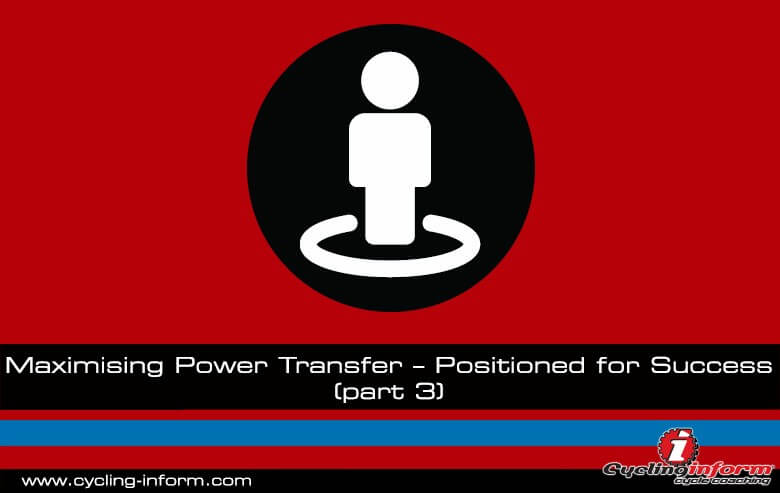
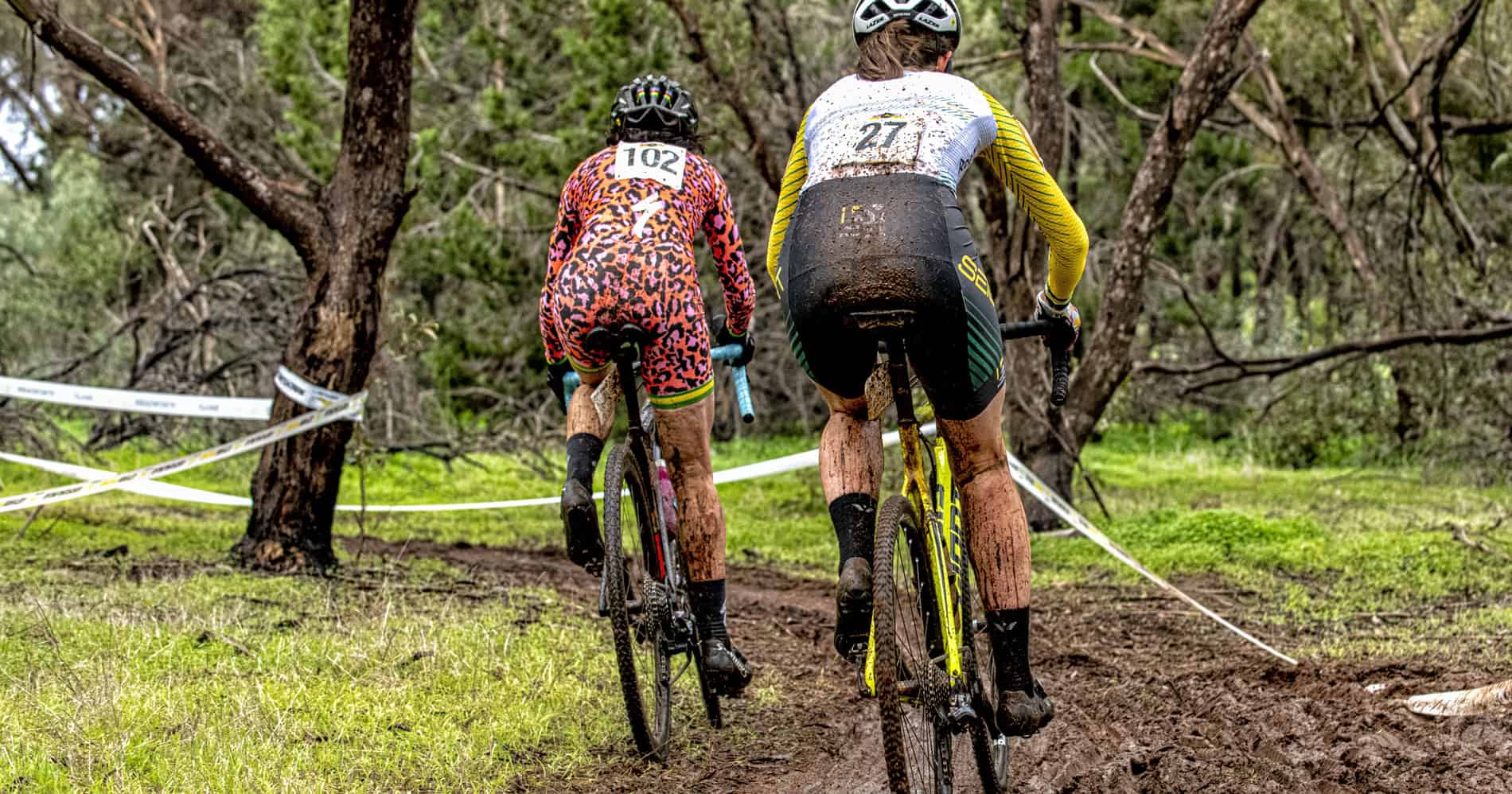
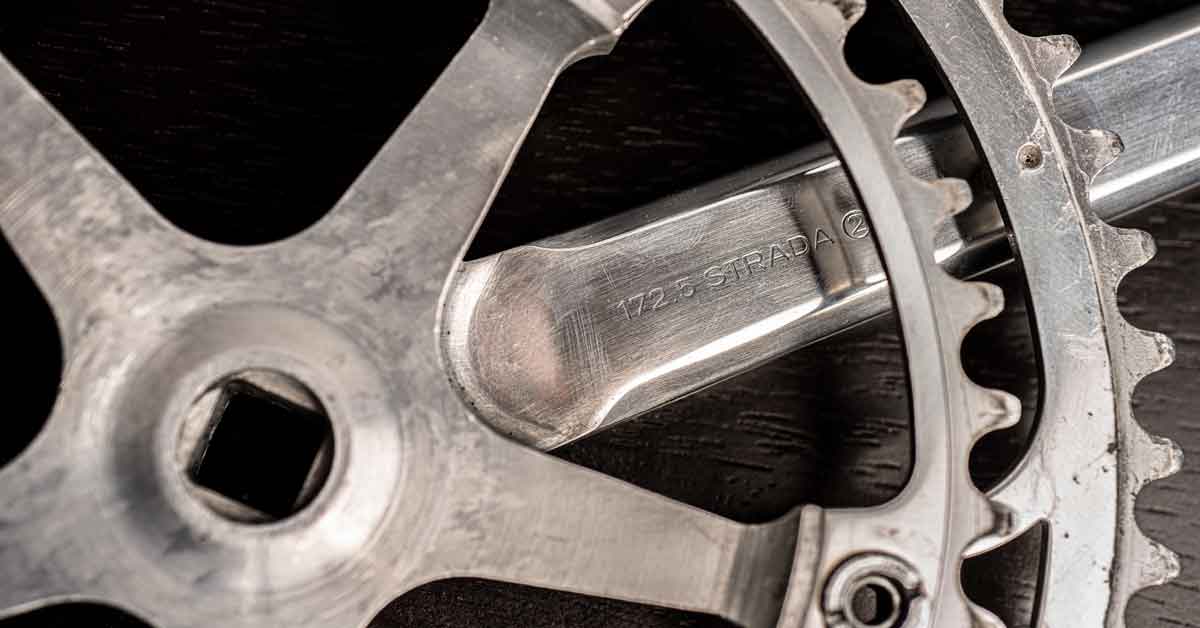
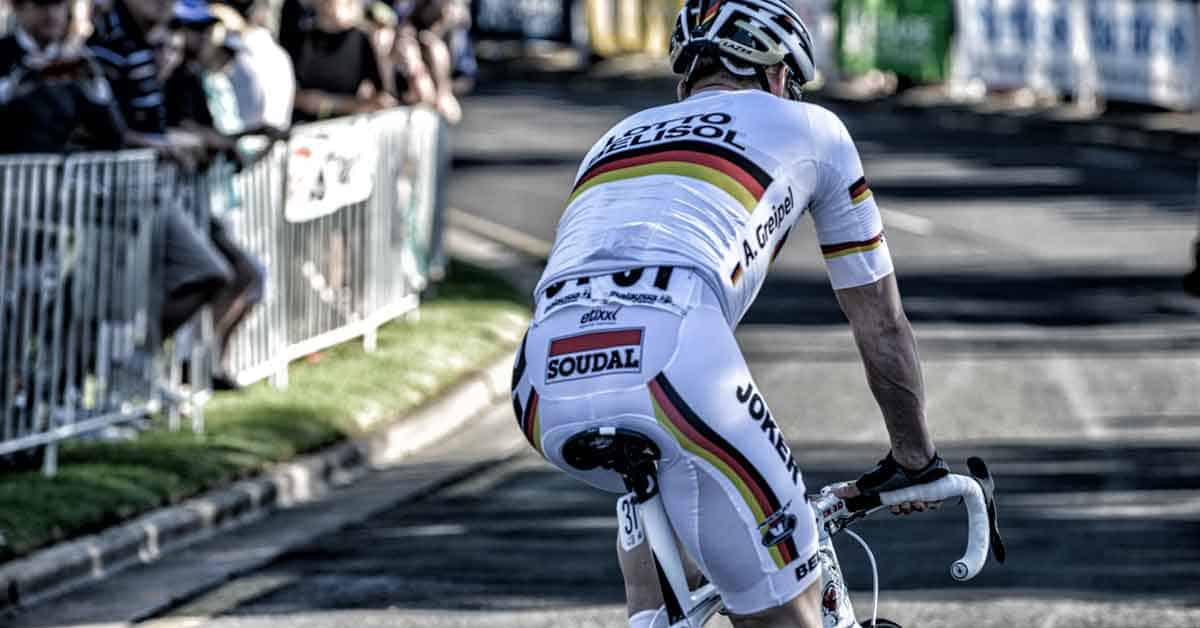
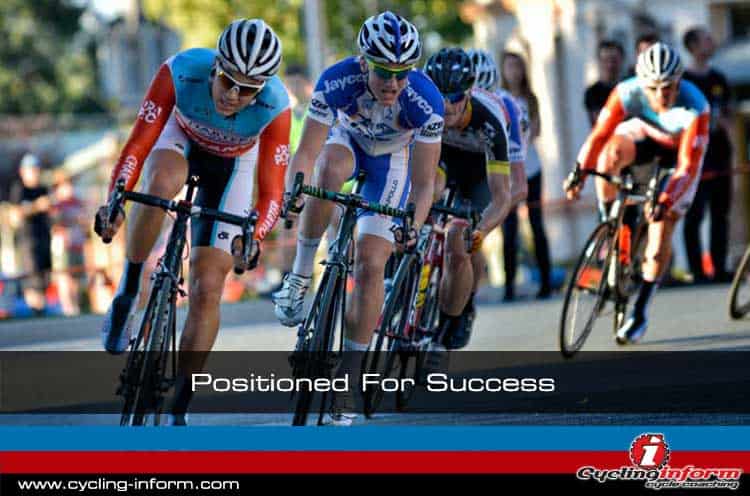
Leave A Comment